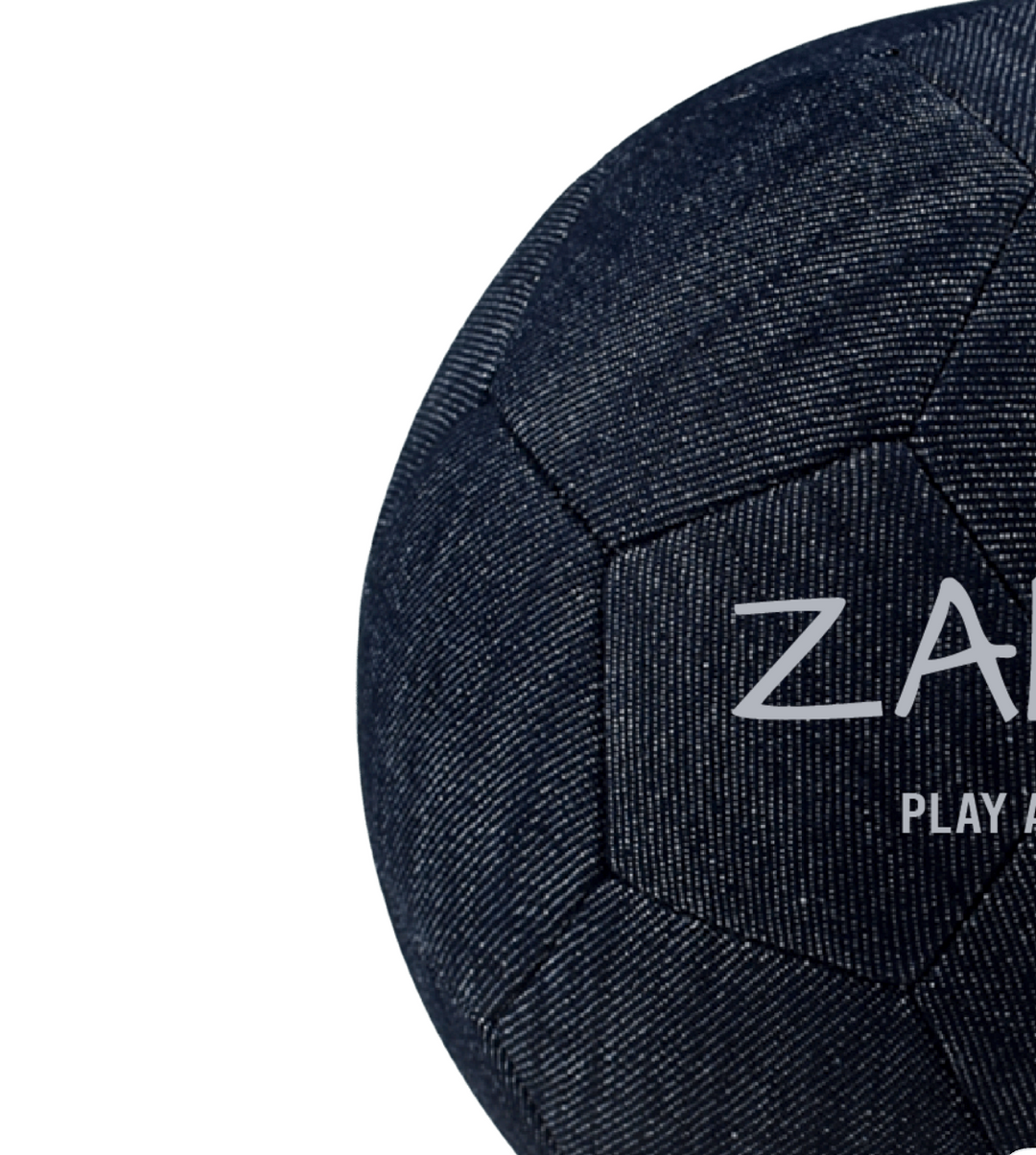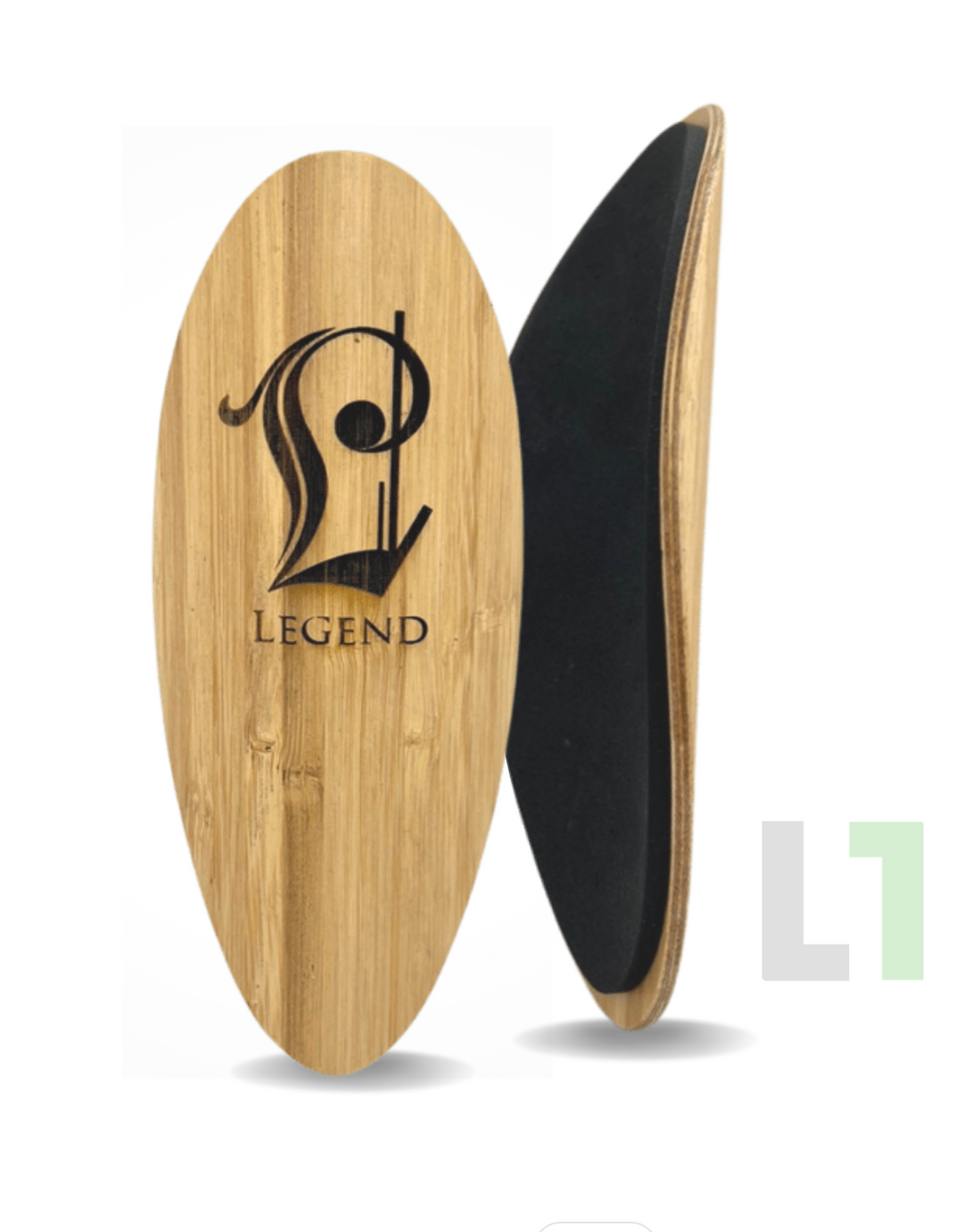The History of Bamboo
We previously explored the environmental implications of the plastic products we use everyday. From plastic pollution, to negative contributions to a rapidly changing climate, our addiction to plastic is coming with irreversible consequences. So when a couple of soccer players began brainstorming on the idea of making a product soccer players, like us, would love, we knew one thing: we could not use plastic.
So, we began researching sustainable resources and product development. When we decided to design our L1 Shinguard with bamboo, we briefly thought we were at the cutting edge of bamboo innovation… We were wrong.
Early Human-Use of Bamboo:
The earliest use of bamboo, from a human perspective, can be traced back thousands of years; As a number of communities found that bamboo was a great sustainable food source. More than seven thousand years ago, the first uses of bamboo, as more than a dining option, originated in China, as communities began to use bamboo to craft building materials, books, and arrows for hunting.
Fast forward a few thousand years, and bamboo finally found its way into modern product manufacturing here in the United States. Although bamboo was used as a building material in eastern regions of the world, for centuries, American manufacturers failed to recognize the great benefits of the plant, until researchers became intrigued by its renewability and durable nature, in the early portions of the twentieth century.
With the help of qualified scientists, a number of American companies recognized the vast potential of bamboo through the realization that bamboo is grown in a number of ecosystems (including ones located here in the United States), and can grow to adult height, and width, in as few as sixty days. Today, bamboo is used to make everyday products in an environmentally sustainable manner, it is also used in innovative landscaping and architecture.
Common Modern-Day Uses of Bamboo:
Today, bamboo is used by countless manufacturing companies. Sustainable design corporations have replaced conventional lumber with bamboo products, manufacturing corrugated roofing, beams, and flooring from bamboo. Bamboo is also replacing conventional lumber in the pulp and paper industry, as newspapers, toilet paper, and cardboard packaging can now be crafted out of bamboo. Bamboo has even made its way into the textile industry, as dozens of companies are now making bamboo clothing, bedding, and even products like diapers. In short, bamboo has become integrated into virtually all manufacturing industries..But why now?
The Renewable Aspects of Bamboo:
Facing the implications of global pollution and Climate Change, companies around the world have been searching for ways to ditch products made from fossil fuels, for more sustainable alternatives. Bamboo has become the popular choice for many companies, including our own. The decision to use bamboo was an easy one for us, due to the sustainable cultivation and renewability of the plant.
While there are over a thousand types of bamboo, almost all types of bamboo can fully mature in under five years. Bamboo can be grown without the use of pesticides, or harmful chemical fertilizers, and also requires zero irrigation. What this all means is that bamboo products do not lead to pollution, and save water within a world that is rapidly running out of it.
While it is amazing, in its own right, that bamboo does not negatively contribute to our carbon footprint (bamboo is carbon neutral), bamboo actually sequesters carbon dioxide out of the atmosphere.
Why We Love Bamboo:
When we chose to make our primary product, the Legend I Shinguard, out of bamboo, we immediately knew we made the right choice. Not only does bamboo represent a move away from harmful fossil fuels, but the plant enabled us to design a sleek, lightweight, and durable product that we believe every soccer player can enjoy. As we move forward as a global population, and begin to see additional environmental consequences of our consumption habits, more and more companies are electing to move forward into sustainability… We are more than happy to do our part.


Written by:
Sean Person
Sources:
https://www.bamboogrove.com/origins-of-bamboo.html
https://www.bambooimport.com/en/blog/products-made-from-bamboo




